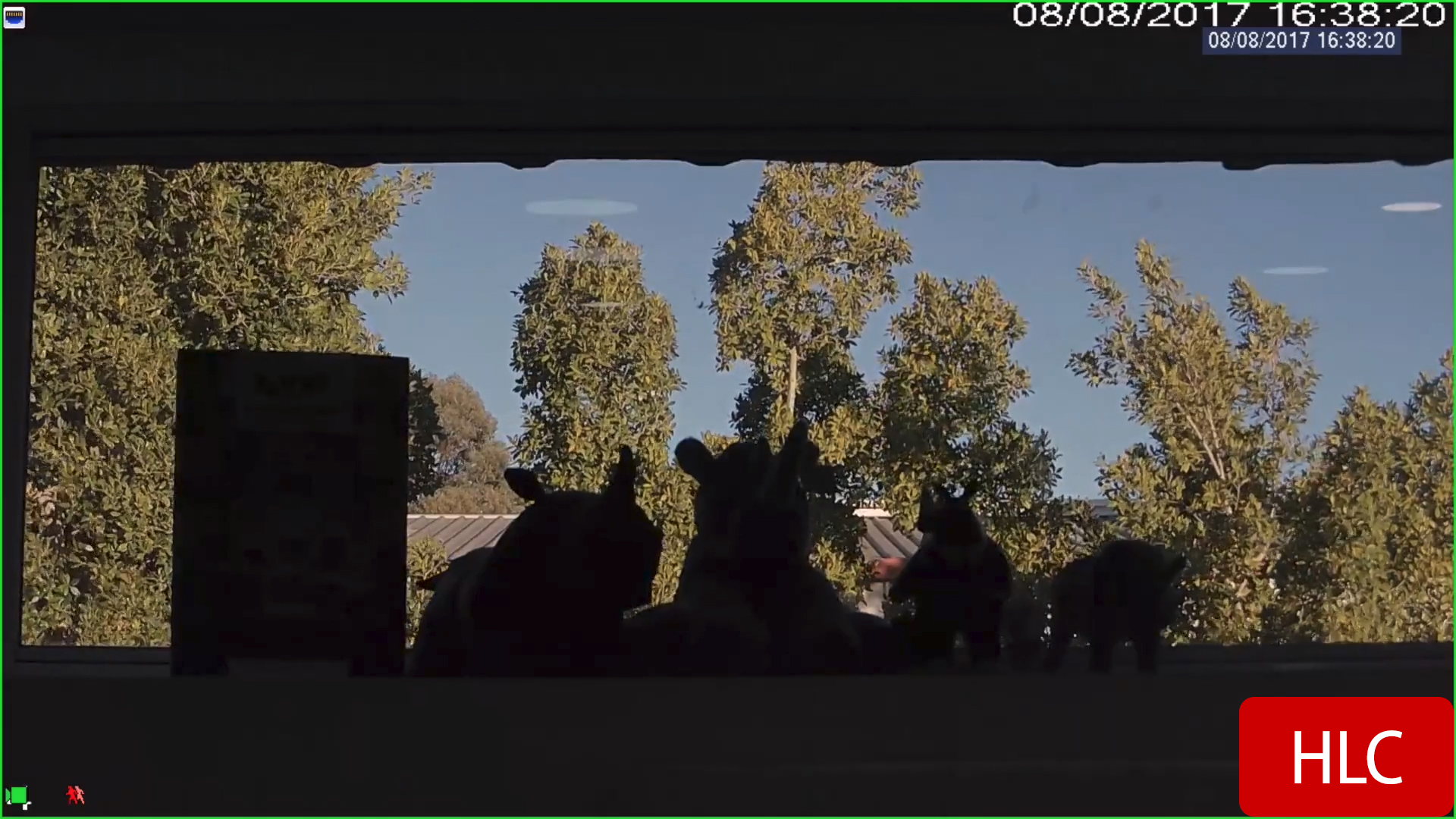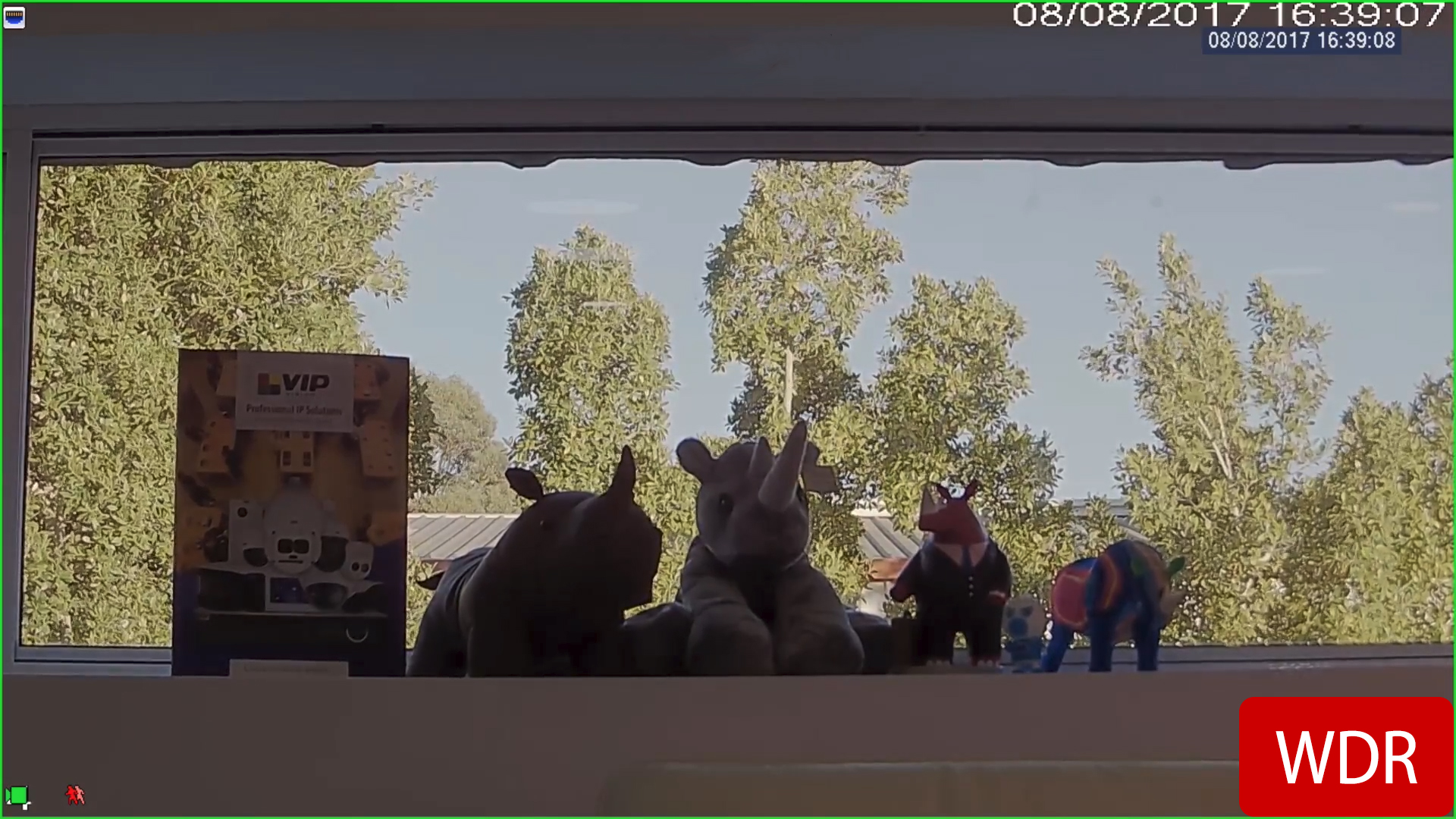Have you ever installed a CCTV camera, but found the resulting footage to have uneven lighting that makes important details too bright or too dark to make out?
If your cameras are installed in areas with challenging lighting conditions, such as facing a window or in a dark area with bright lights, you’ll need to configure your camera’s Image Mode (aka BLC Mode). BLC, HLC and WDR modes allow your IP and HDCVI cameras to capture clear, detailed footage in any lighting.
Different cameras have different Image Modes, depending on the camera's image sensor. Knowing the differences, strengths and weaknesses of each image mode is essential to delivering detailed and unobstructed video evidence.
Image Modes
Backlight Compensation (BLC)
 In scenes where light is shining through into indoor areas, such as through windows or front doors/entrances, the camera will pick up all of the natural light, resulting in objects and people in the foreground becoming darkened and removing image detail.
In scenes where light is shining through into indoor areas, such as through windows or front doors/entrances, the camera will pick up all of the natural light, resulting in objects and people in the foreground becoming darkened and removing image detail.
Backlight Compensation (BLC) optimises the camera to increase light exposure for darkened areas, making subjects appear more naturally lit and increasing detail. However, note that using BLC will make bright outdoor areas appear very light – almost completely white. For a more balanced image, see WDR.
Highlight Compensation (HLC)
 At night or in dark areas, strong light sources can obscure a large part of the image behind an overwhelming bright light. Highlight Compensation (HLC) automatically detects strong light sources and reduces light exposure, greatly improving the clarity of bright areas.
At night or in dark areas, strong light sources can obscure a large part of the image behind an overwhelming bright light. Highlight Compensation (HLC) automatically detects strong light sources and reduces light exposure, greatly improving the clarity of bright areas.
One useful application for this is preventing a blinding effect from car headlights at night, allowing for an unobstructed view of their numberplates. This makes HLC an ideal image mode for car parks. Not recommended for indoor uses - note that in the above example, HLC did not improve the clarity of the darkened foreground objects.
Wide Dynamic Range (WDR)
 Delivering the best of both worlds, Wide Dynamic Range (WDR) clearly displays both the foreground subjects and the background in balanced detail. How does this work? The camera simultaneous captures the scene twice with two different image sensors, each one at a different exposure level, then merging the images to output one balanced image.
Delivering the best of both worlds, Wide Dynamic Range (WDR) clearly displays both the foreground subjects and the background in balanced detail. How does this work? The camera simultaneous captures the scene twice with two different image sensors, each one at a different exposure level, then merging the images to output one balanced image.
WDR is the preferred image mode in most CCTV applications, but note that older or cheaper camera models may instead have lower quality Digital Wide Dynamic Range (DWDR), which instead have only one sensor and uses software to modify the image by brightening dark areas and darkening overly light areas.
Image Comparison
No Compensation

Backlight Compensation (BLC)

Wide Dynamic Range (WDR)

Highlight Compensation (HLC)
